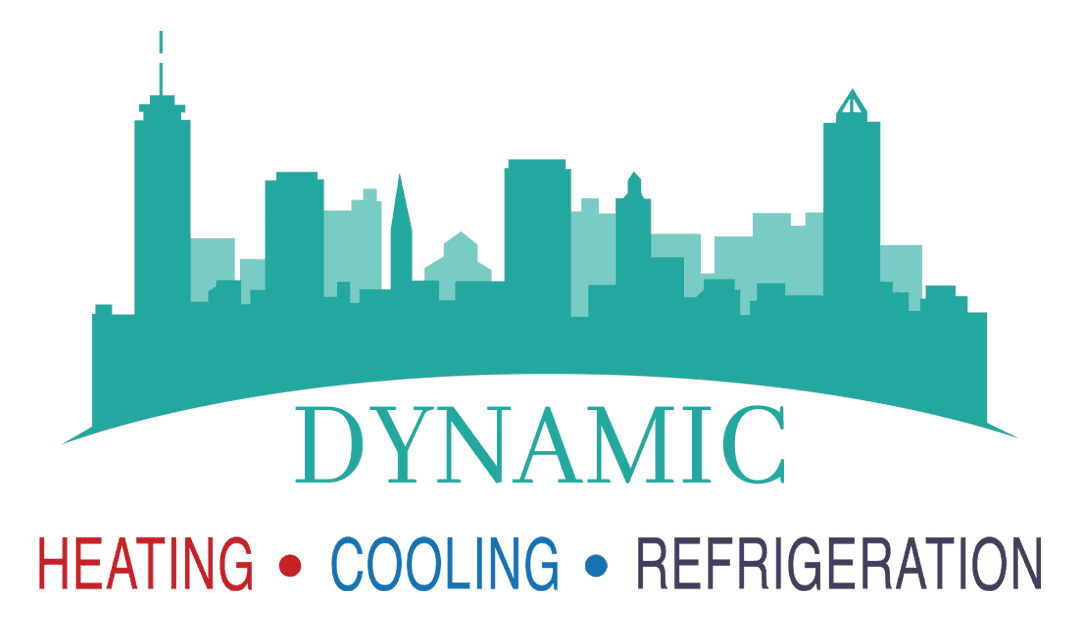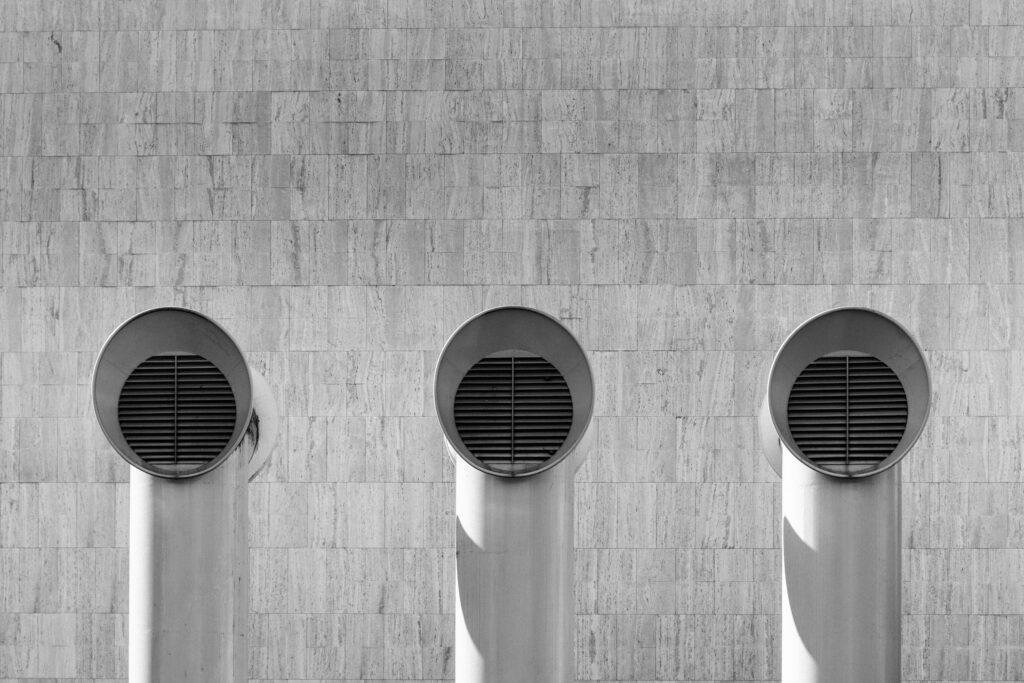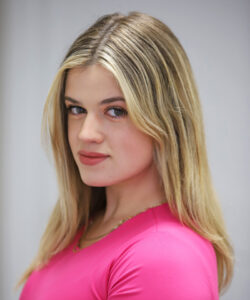In the quest for home comfort, understanding your heating options is essential. Among the various systems available, forced air heating stands out for its prevalence and efficiency. But what is forced air heating, and how does it differ from other heating methods?
Our team at Dynamic Heating and Cooling – a Greater Toronto Area-based HVAC company, aims to demystify forced air heating. We will explore its workings, advantages, and considerations to help you make an informed decision for your home.
Importance of Choosing the Right Heating System

Selecting the right heating system affects not only your comfort but also your energy bills and environmental footprint. With so many options available, from conventional forced air heat to radiant floor heating and beyond, making the right choice can seem daunting. This guide will focus on what a forced air heating system is and its place in the spectrum of home heating solutions.
What is Forced Air Heating?
Forced air heating systems stand out as a premier choice for efficiently warming homes. What is forced air heat, particularly when compared to alternatives like radiant heating or baseboard systems? Essentially, it involves heating air at a central point—be it through a furnace or heat pump—and then pushing this warmed air via ducts and vents throughout the living space. This method’s key advantage is its rapid response and ability to integrate seamlessly into both heating and cooling systems, offering a comprehensive climate control solution.
Comparing Heating Methods
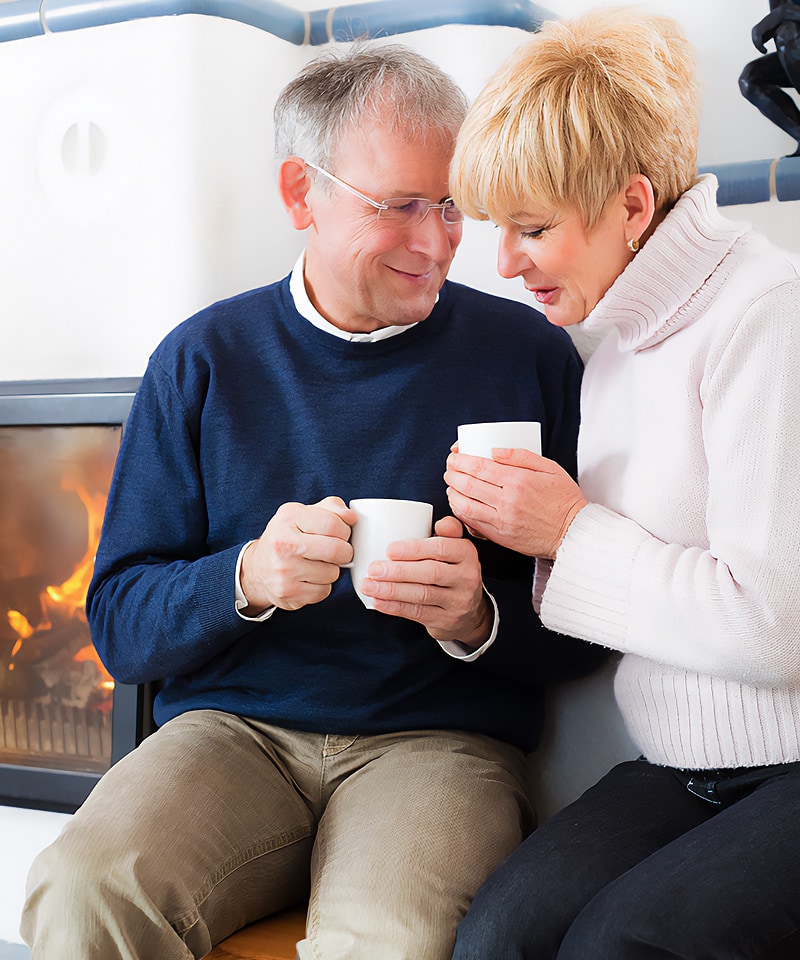
The distinction between what is forced air heating vs central air or other heating methods like radiant or baseboard heating lies in the mechanism of heat delivery. Forced air heating directly circulates warm air, providing quick and uniform temperature changes.
This contrasts with the slow, radiant heat rise from underfloor systems or the localized warmth from baseboard heaters. Moreover, the versatility of what is a forced air heating system—capable of both heating and cooling—makes it a favoured option for year-round home climate management.
How Does Forced Air Heating Work?
Forced air heating systems exemplify efficiency and adaptability in home heating solutions. They are designed to provide quick and even heating across different areas of a home, adjusting to temperature demands with precision.
The Process of Heating
The operation of a forced air heating system begins when the thermostat detects a drop below the desired temperature. It signals the furnace to start heating the air. This heated air is then pushed by a blower fan through the home’s ductwork. It emerges into the rooms through vents, ensuring warmth is evenly distributed.
Return vents draw cooler air back to the furnace. This air is reheated, continuing the cycle until the set temperature is achieved. The cycle ends when the thermostat recognizes the correct temperature. It then signals the system to shut off, maintaining the desired comfort level.
What Is Forced Air Heating with Gas?
In the realm of forced air heating, gas furnaces stand out for their efficiency and cost-effectiveness. They ignite fuel—typically natural gas—to generate heat, making them a preferred option for their rapid heating capabilities and economic operation. But what is forced air heating gas or electric in terms of initial setup and ongoing costs?
What Is Forced Air Electric Heating?
Electric furnaces represent a cleaner heating option, heating air by passing it over electric coils.
Heat pumps represent an innovative and energy-efficient option. Heat pumps provide heating and cooling by transferring heat between the indoors and outdoors using electricity. This process, integral to what is forced air heating, enhances the system’s efficiency and environmental friendliness, marking a significant shift in how homes can be heated without relying on oil, gas, or direct electric heating methods
Many homeowners struggle to determine if they need a furnace or a heat pump. Read this blog to help you make the right choice.
What Is Forced Air Oil Heating?
Oil furnaces, though less common, are effective in regions lacking natural gas or electrical infrastructure. They require burning heating oil to produce heat, offering robust warmth ideal for colder climates.
Making the Right Choice: Gas, Electric, or Oil Heating?

Choosing between gas, electric, and oil heating systems involves careful consideration of fuel availability, cost implications, personal preferences, and environmental impact. This decision significantly influences the system’s efficiency, maintenance requirements, and ecological footprint, underscoring the importance of thoroughly understanding each option’s strengths and limitations.
By exploring the operational details and energy sources of forced air heating systems through these questions, homeowners are better positioned to select a heating approach that aligns with their specific needs, environmental considerations, and financial constraints. Armed with this knowledge, ensuring a comfortably and efficiently heated living space becomes a more attainable goal, providing peace of mind and enhanced home comfort.
Features of a Forced Air Heating System
A forced air heating system consists of several key components that work in unison to provide heating (and often cooling) to your home. Understanding these components is essential for anyone wondering “What is forced air heating?” or looking to maintain their existing system.
The Heat Source
At the core of any forced air system is its heat source, which can vary from furnaces powered by gas, electric, or oil to versatile heat pumps. The choice between what is forced air heating, gas or electric, or even what is forced air oil heating, affects the system’s efficiency, environmental impact, and operational cost.
Electric furnaces utilize resistance heating, while gas and oil options combust fuel. Heat pumps, offering both heating and cooling, use electricity to transfer heat to or from the outdoor air, exemplifying what is forced air heating and cooling’s dual functionality.
Ductwork and Air Distribution

Ductwork is crucial for the effective distribution of heated air throughout a home. The design, installation, and maintenance of ductwork directly influence the forced air heating system’s efficiency and comfort levels.
Ensuring that ducts are leak-free, well-insulated, and properly laid out is essential for optimizing the performance of what is conventional forced air heat, underlining the importance of regular maintenance.
Thermostat for Temperature Control
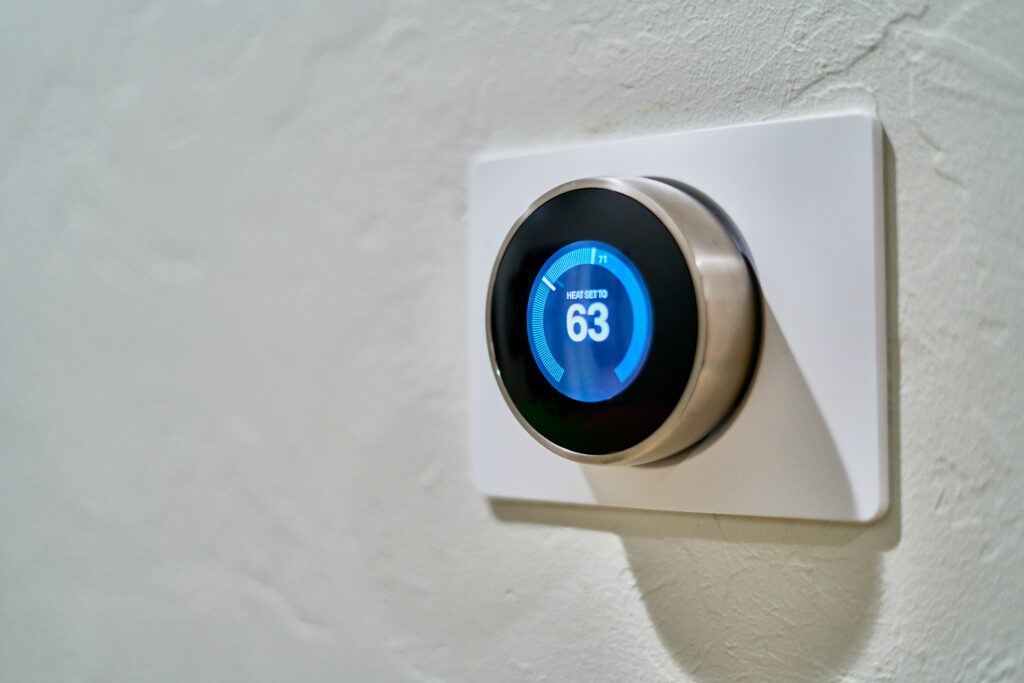
The thermostat stands as the control hub for forced air systems, enabling precise temperature adjustments and scheduling. What is a forced air heating system’s compatibility with programmable and smart thermostats? It enhances energy efficiency and user convenience, allowing for sophisticated control over heating patterns and remote adjustments—key benefits of what forced air heating and cooling systems are in the digital age.
Integration with Home Comfort Systems
One of the notable strengths of forced air heating is its ability to integrate with other systems, such as air conditioning and air filtration units, using the same ductwork. This integration not only simplifies the infrastructure but also improves indoor air quality, aligning with the forced air heater system’s broader capabilities for enhancing home comfort and health.
Forced Air Heating vs. Central Air: Understanding the Differences
When considering home climate control systems, it’s important to distinguish between forced air heating and central air conditioning. The question often arises: What is forced air heating vs central air, and how do they fit into a home’s overall comfort strategy?
What Is Central Air Conditioning?

Central air conditioning focuses on cooling indoor spaces during warmer months. Similar to forced air heating, central air systems use ductwork to distribute cooled air throughout the home.
However, the process involves an outdoor unit, which houses a compressor and condenser, and an indoor unit, which typically connects to the furnace’s air handler. This setup efficiently removes heat from indoor air, circulating cool, refreshing air back into the living spaces.
Combining Forced Air Heating and Central Air
Many modern homes feature systems that combine both forced air heating and central air conditioning, utilizing the same ductwork and air handling system for year-round climate control. This integrated approach simplifies installation and maintenance while providing seamless temperature management across seasons. Homeowners benefit from a unified system that can switch between heating and cooling as needed, ensuring optimal comfort regardless of external weather conditions.
Have Questions About HVAC? We’re Here to Help!
In navigating the complexities of home heating solutions, understanding the nuances of forced air heating becomes crucial for achieving both comfort and efficiency. At Dynamic Heating and Cooling, we’re dedicated to helping residents of the Greater Toronto Area make informed decisions that suit their specific needs.
Whether you’re looking to install a new heating system, seeking maintenance for your existing setup, or simply have questions about what forced air heating can offer, we’re here to provide guidance. Contact us today!
Visit our blog for more useful information on all things HVAC.
